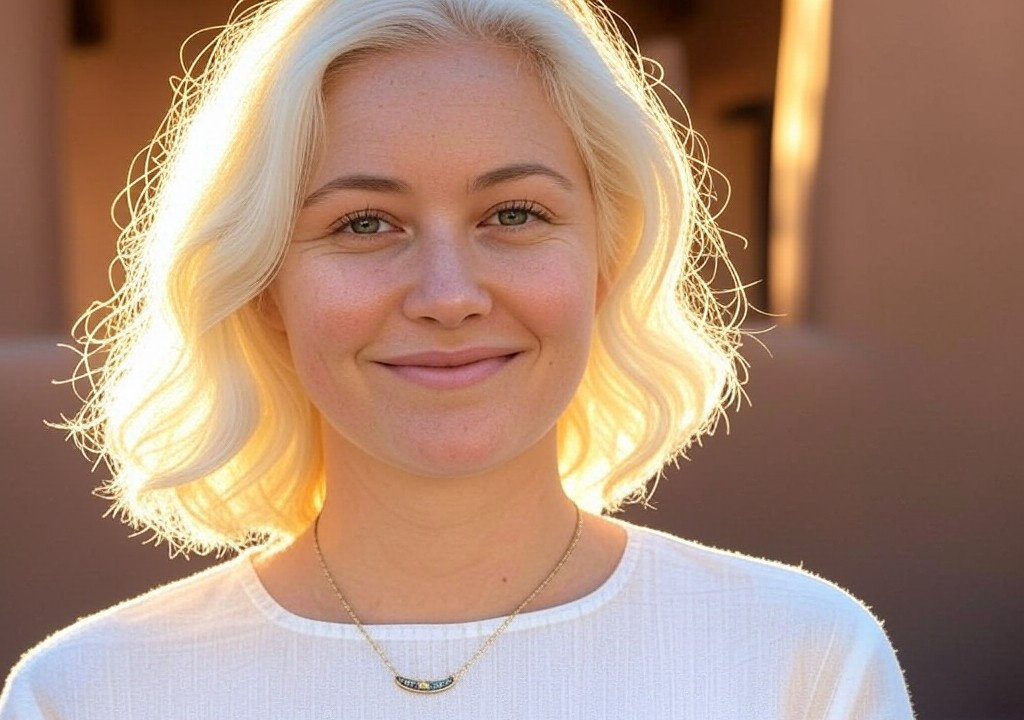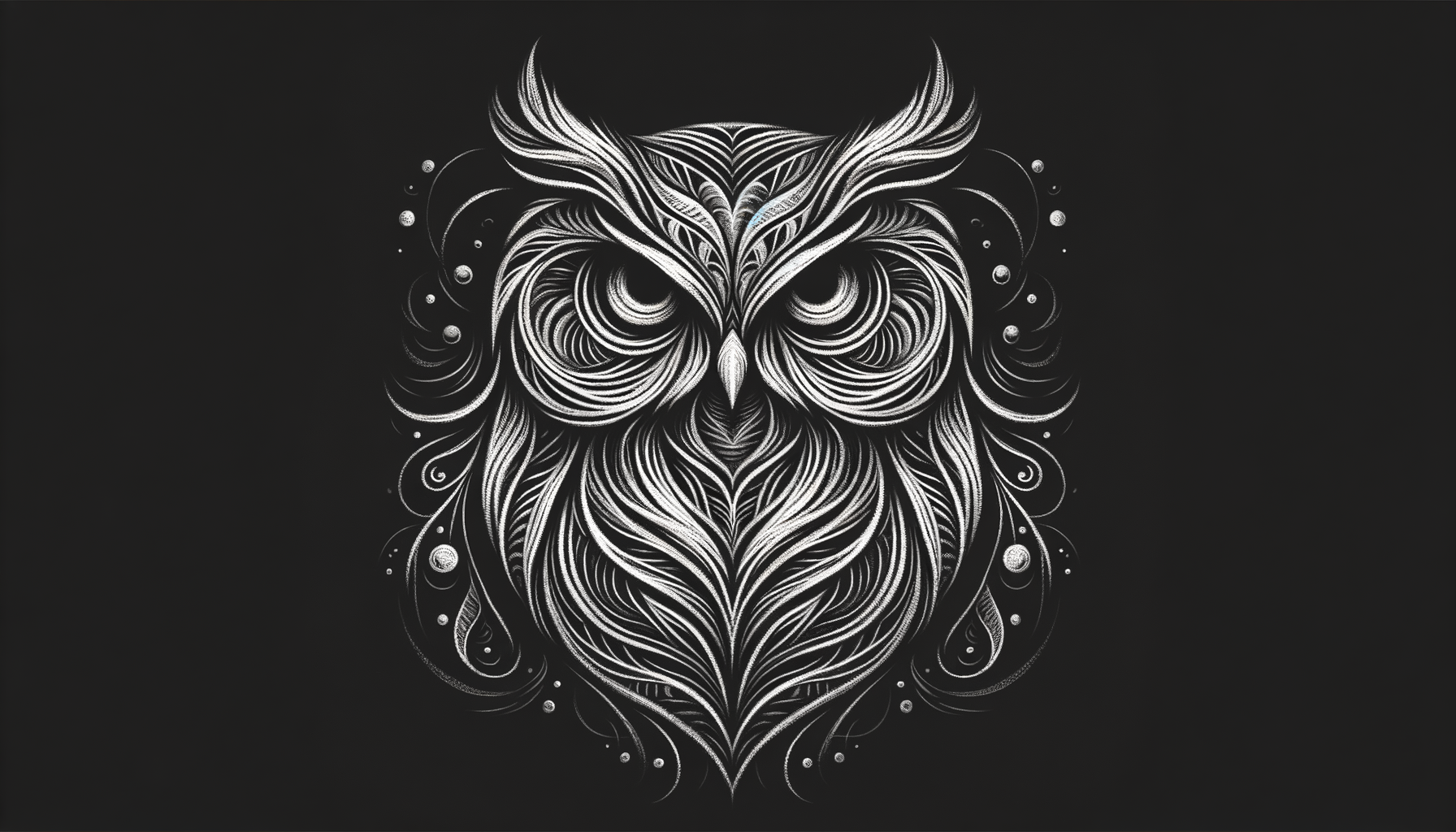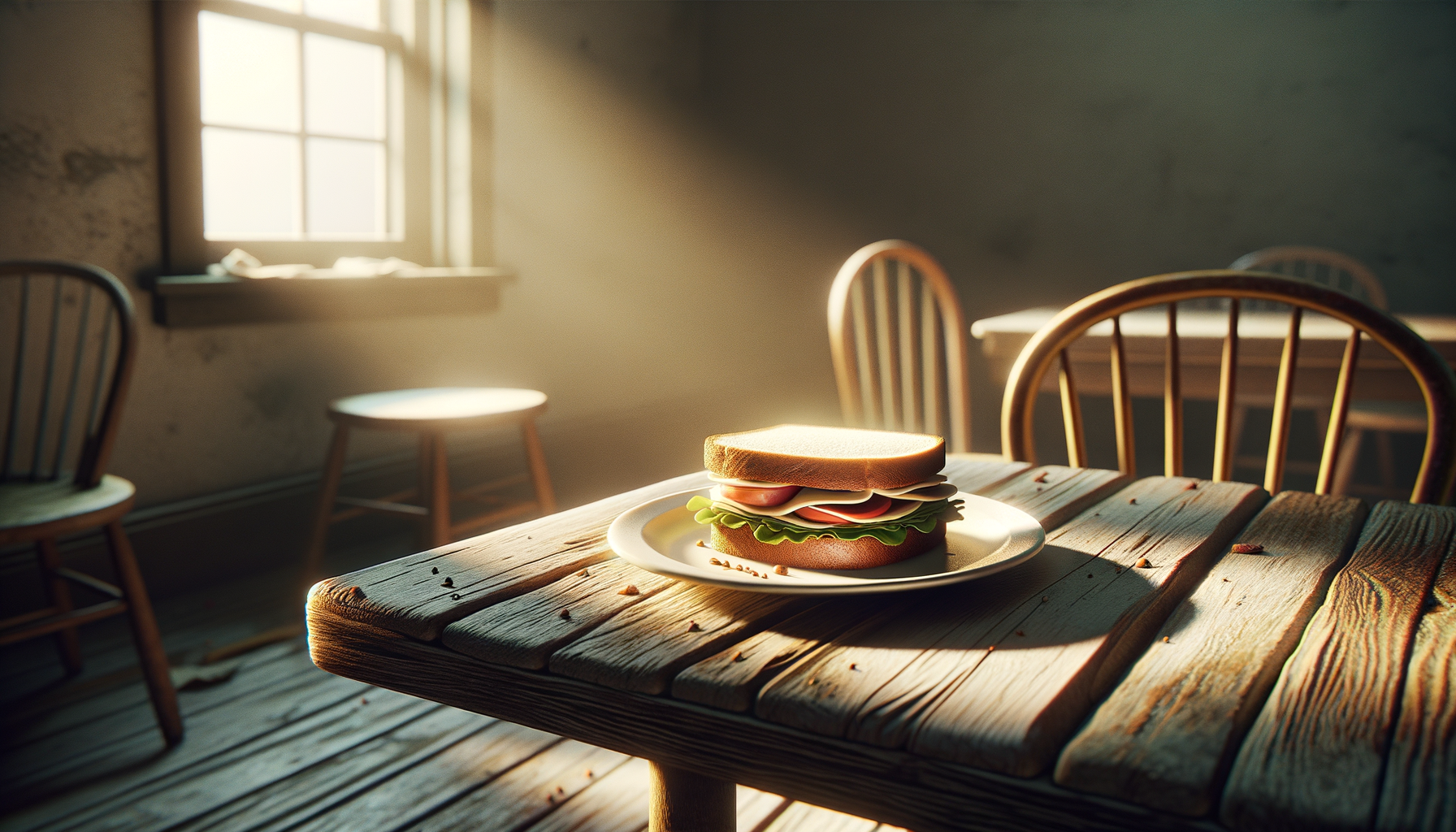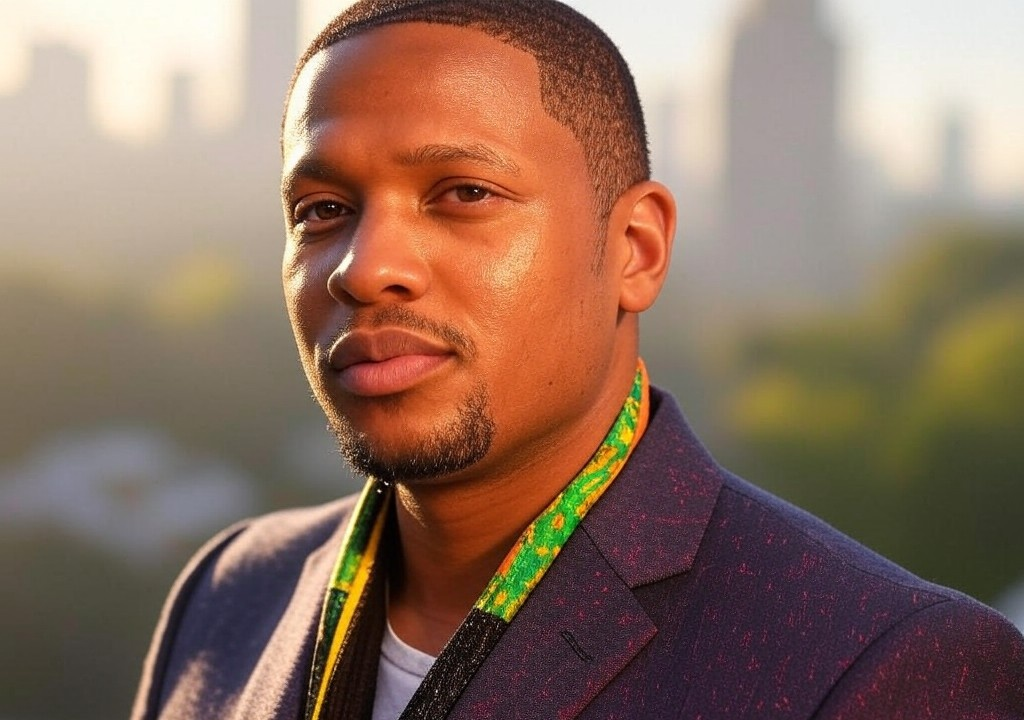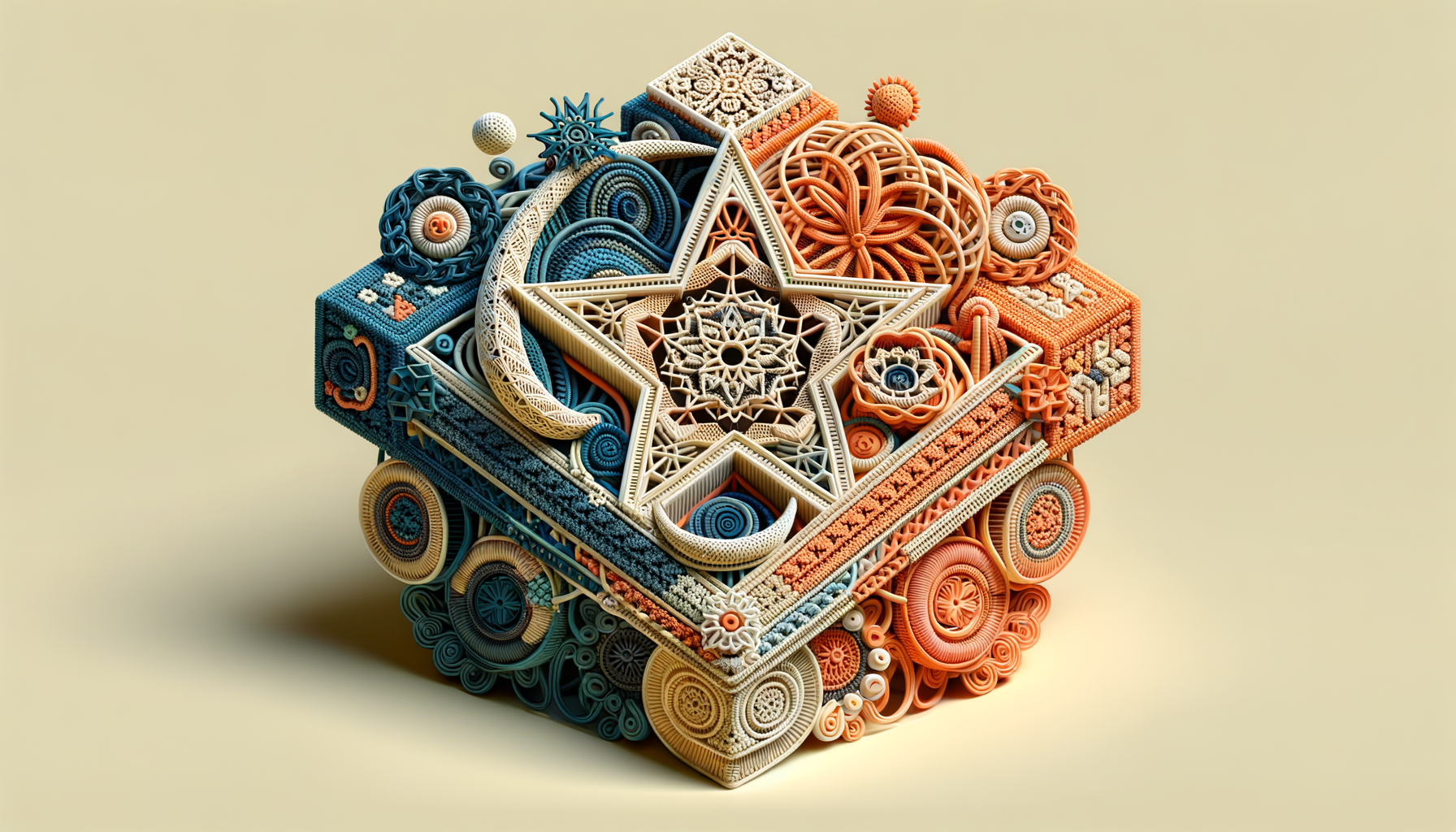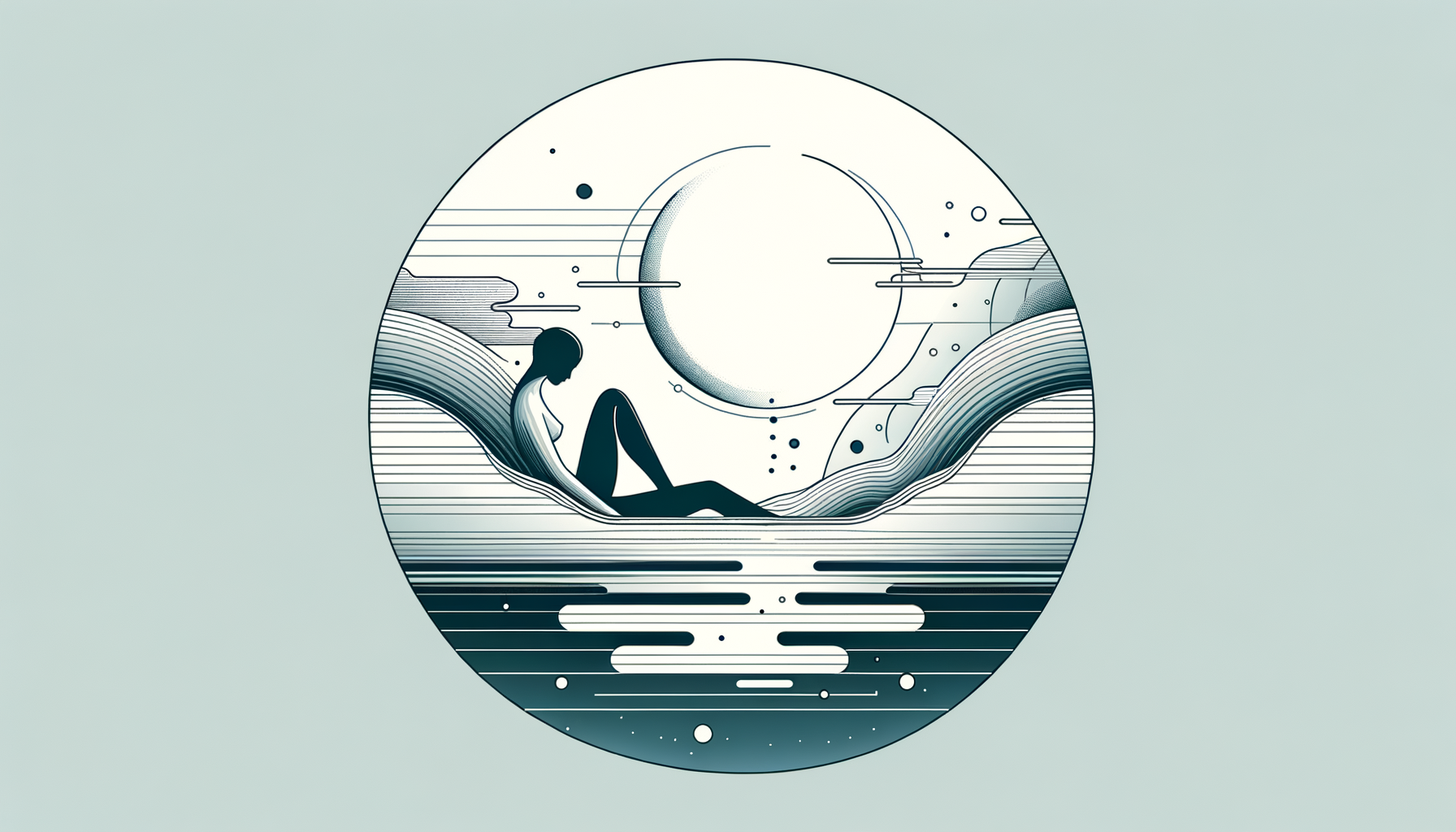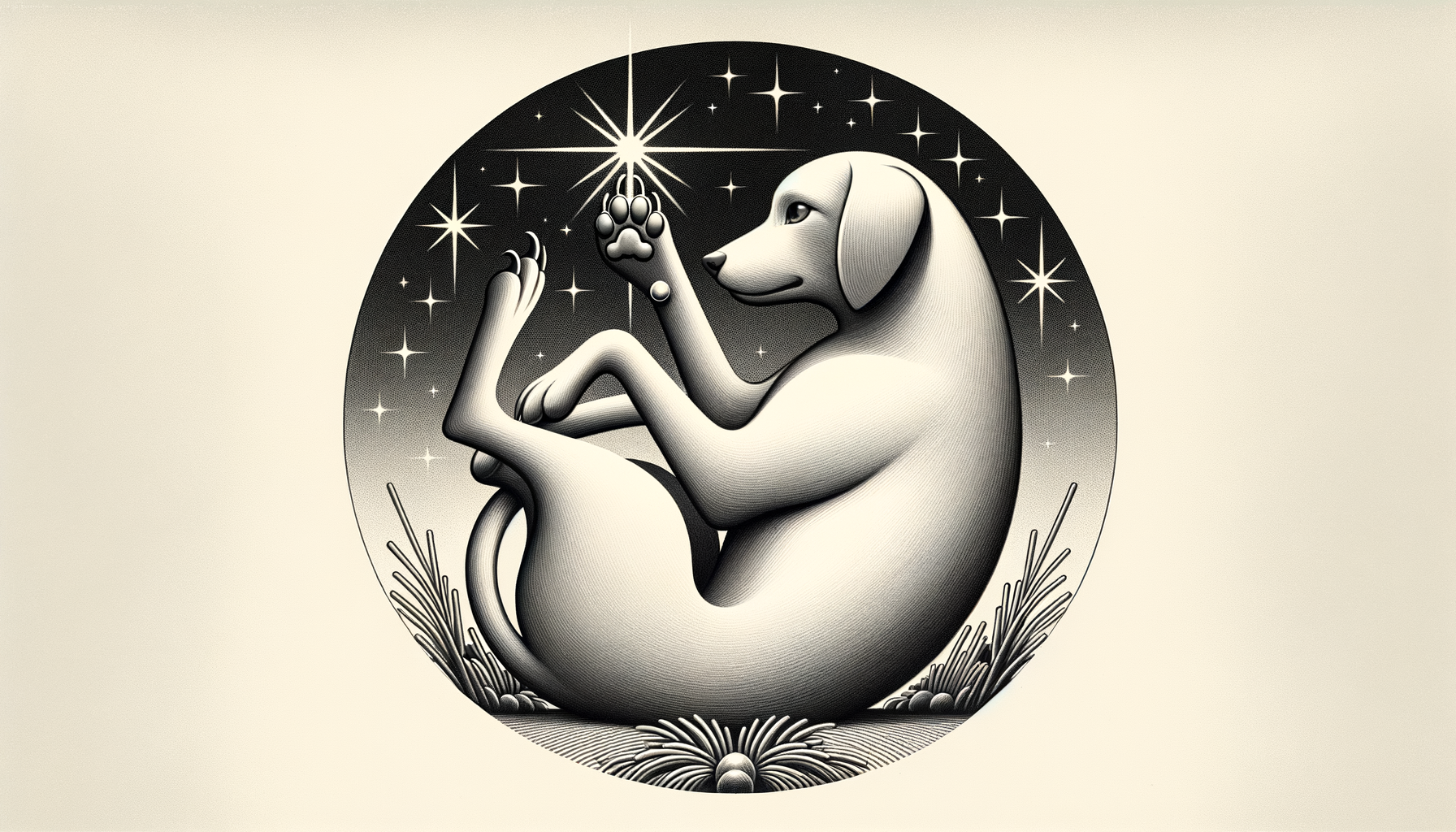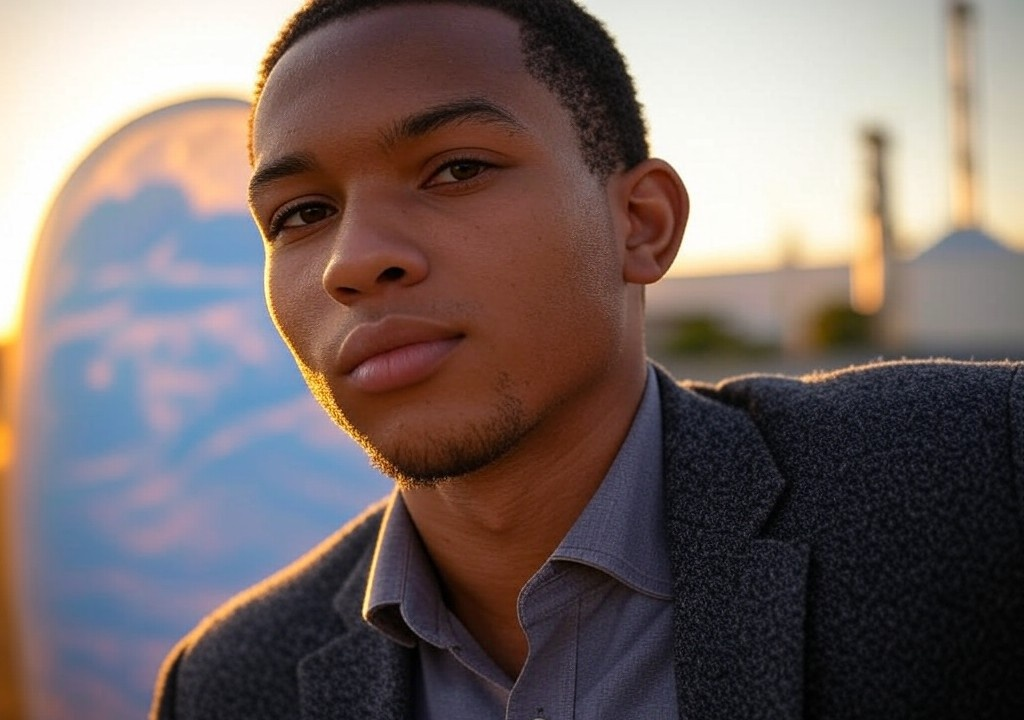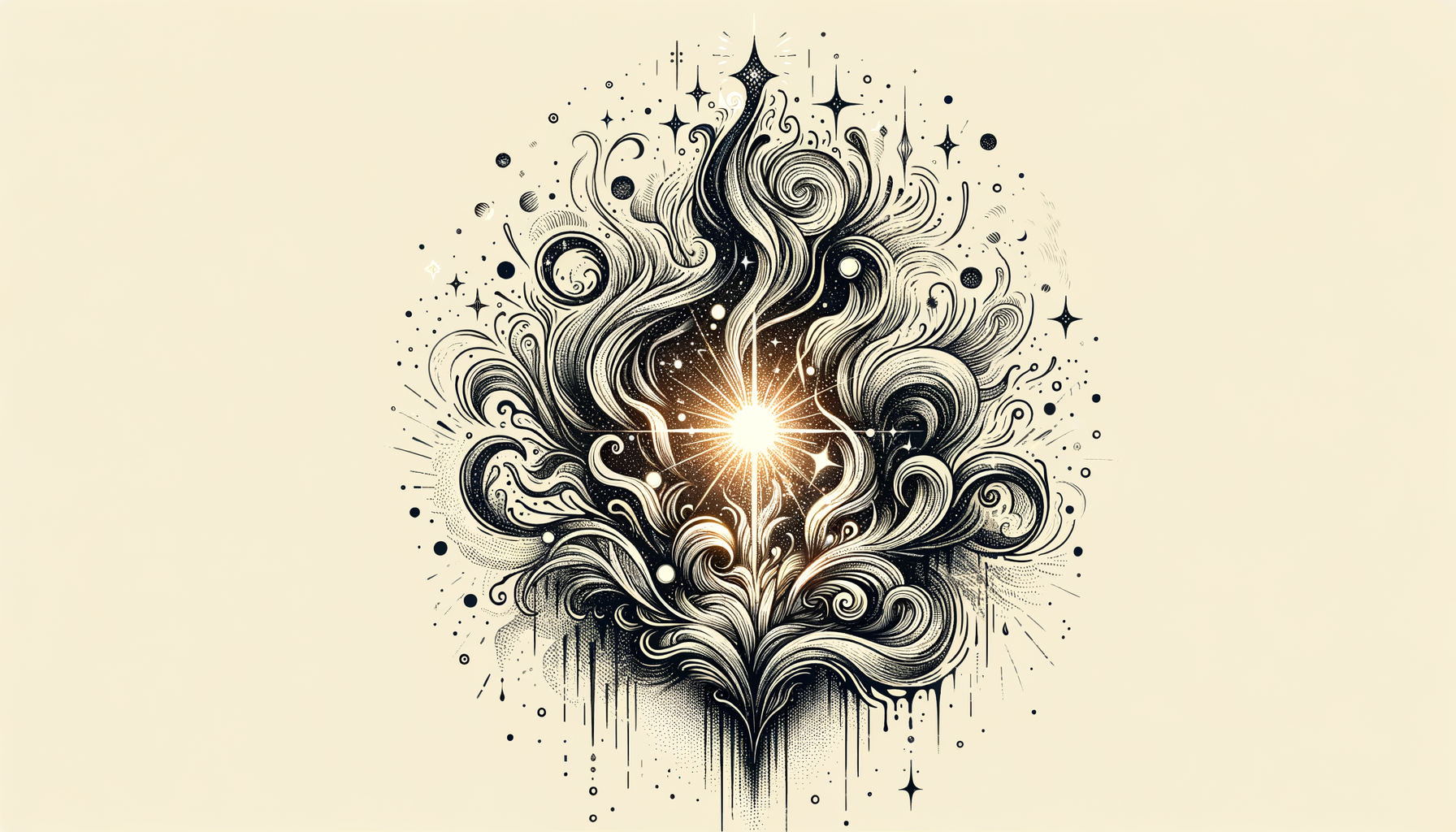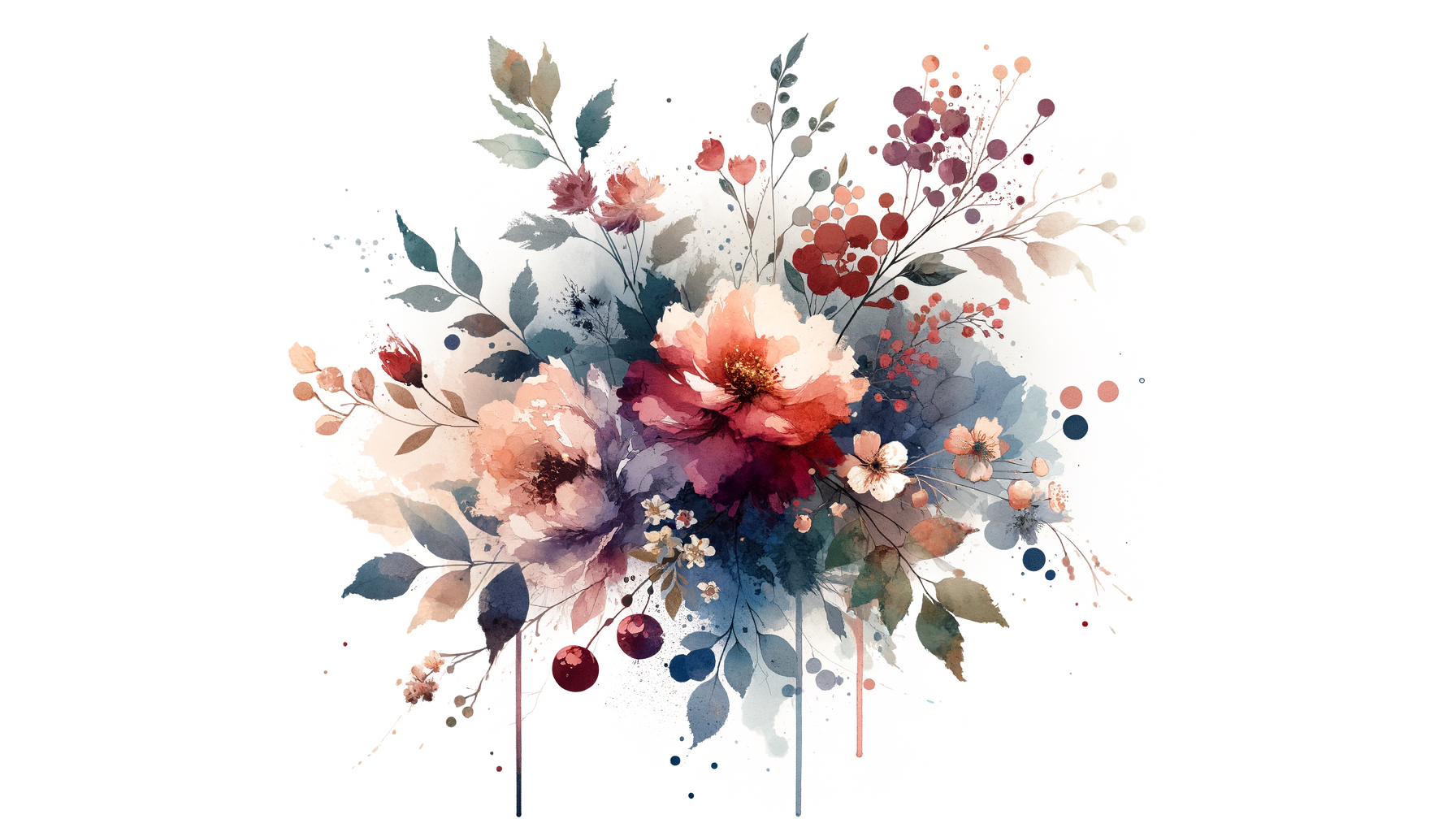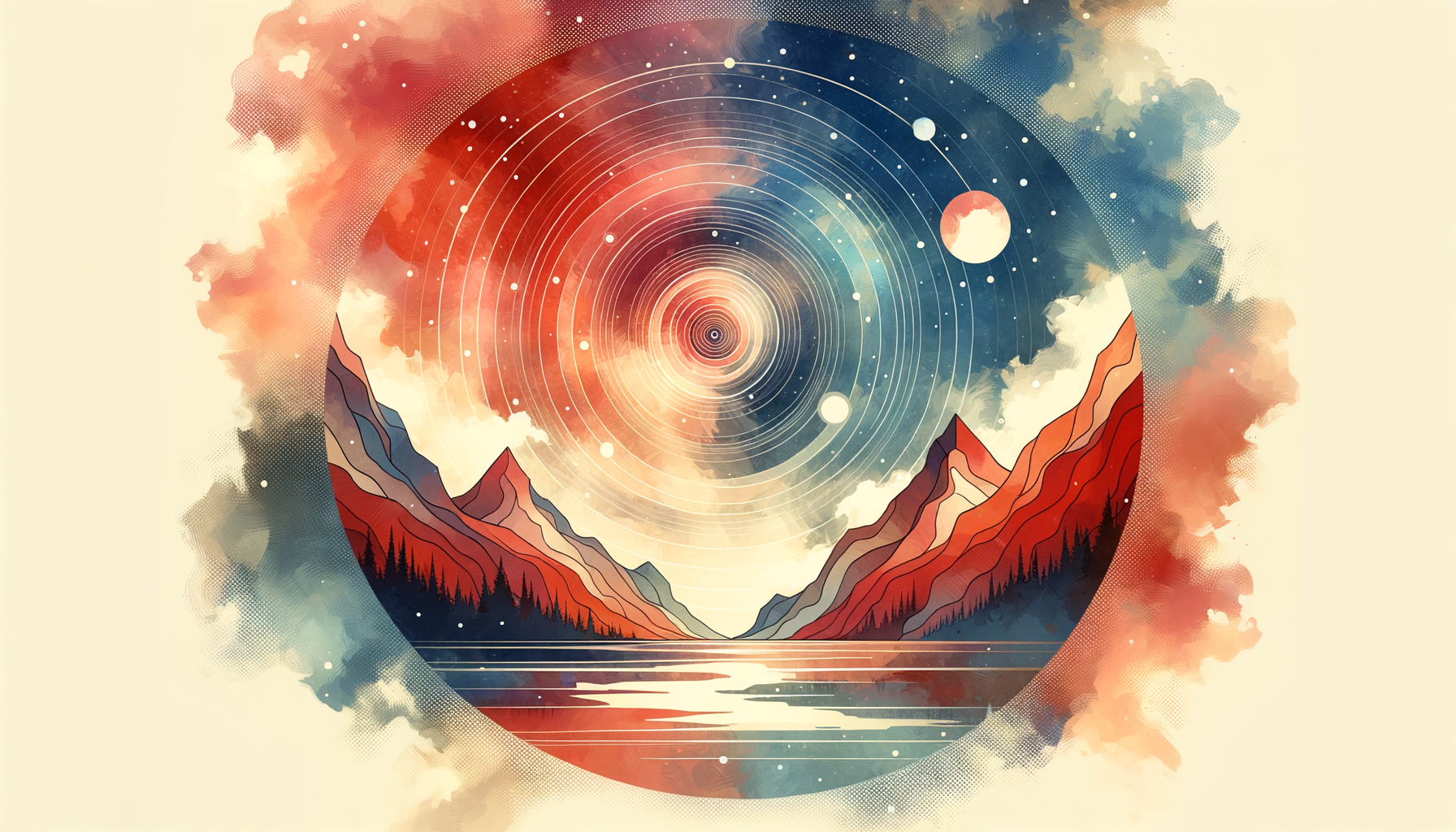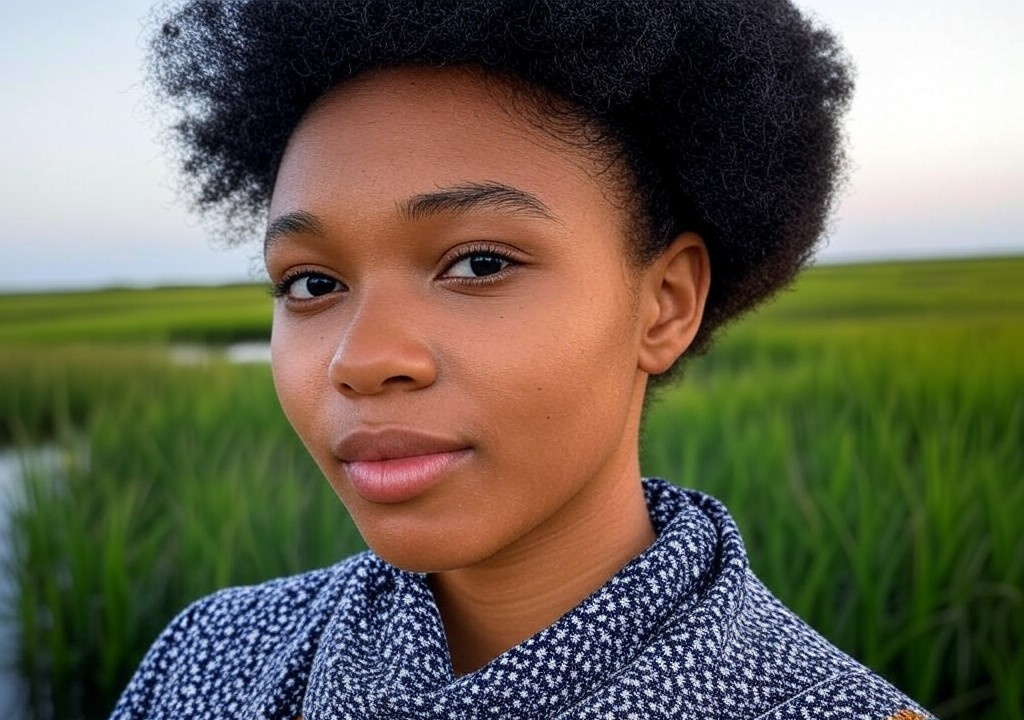I blame the ceramic owl.
If I had been a more decisive person that afternoon, if I hadn’t wandered into that roadside yard sale just outside Santa Fe, I might still be coasting through life wondering what it all means. But there it was: a charmingly lopsided ceramic owl, half-hidden beneath a stack of VHS tapes and an old waffle iron. Its glaze was cracked, its eyes uneven—imperfectly perfect. I picked it up and turned it over in my hands, my thumb catching on a streak of dried paint. In that moment, something clicked. Not about the owl exactly, but about me. Let me explain.
A Series of (Un)Fortunate Detours
At the time, I was deep in an identity crisis I hadn’t fully admitted to myself. Most of my twenties had been defined by false starts: short-term creative gigs, a half-considered attempt at grad school, a string of relationships that felt more like placeholders than partnerships. I called it "the scenic route" whenever my mom asked, which worked well enough until it started to feel less scenic and more like wandering aimlessly in a desert without a compass. (Santa Fe metaphors are simply inevitable. Just roll with it.)
That’s not to say I wasn’t trying. I chased projects that seemed meaningful—writing for magazines, hosting open mic nights, volunteer work at local art centers. But none of it felt like home. Worse, it all seemed disconnected from the person I thought I was supposed to be. For longer than I care to admit, I convinced myself the problem would solve itself. Spoiler: it didn’t.
Which brings me back to the owl.
The Owl and the Artist
After buying the ceramic owl (and a pair of candlesticks I absolutely did not need), I struck up a conversation with the woman running the sale. Her name was Maggie, a retired schoolteacher in her seventies who’d taken up pottery five years earlier “on a whim.” She lit up as she told me about the classes she started at the local art studio and the dusty shed in her backyard that she transformed into a kiln. It wasn’t just a hobby, she said; it was something that made her whole. “There’s something about taking a lump of clay and making it into something you love to hold,” she said.
I couldn’t stop thinking about Maggie on my drive home. There was a joy in the way she talked about her work, an ease that I envied. She wasn’t rushing or second-guessing or hedging her bets. She was fully in it, wrinkles and creaky knees be damned. And she wasn’t worried about whether her pieces would “matter” to the rest of the world. They mattered to her.
That dusty owl perched on my nightstand for months. Sometimes, I looked at it and felt inspired. Other times, it seemed to mock me, a ceramic reminder of my discontent. But slowly, it started to spark something in me.
Fumbling Toward Purpose
Here’s the thing about “finding your purpose”—it’s not the life-and-death treasure hunt we make it out to be. It doesn’t arrive with fanfare and fireworks or a neatly labeled manual. For some people, it looks like pursuing one singular goal from childhood to adulthood. For others (i.e., me), it’s a piecemeal process of trying things, failing at some, and accidentally stumbling onto the thing you didn’t know you were looking for.
In the months after meeting Maggie, I eased up on the existential pressure I’d put on myself to “figure it all out.” Instead, I gave myself permission to experiment. I started painting again, something I hadn’t done since my college days. I hosted a community art night at my family’s gallery, even though I wasn’t sure anyone would come. (They did. One woman said she hadn’t picked up a paintbrush in forty years!) And I started writing stories that felt more personal, less performative.
Each step felt small and imperfect, like that owl. But with time, they added up to something bigger: a realization that my purpose isn’t about what I do; it’s about how I make people feel. Whether I’m curating an exhibit, sharing an article like this one, or just connecting with someone over a glass of wine, my heart feels full when I’m helping others see themselves and their world more clearly.
How to Accidentally Discover Your Own Purpose
Now, I’m not saying a ceramic owl is your key to finding clarity (though I highly encourage yard sale adventures). If you’re feeling stuck, here’s what helped me—and might help you too:
-
Follow Your Curiosity: Whether it’s pottery, poetry, or bonsai gardening, try something low-pressure that gets your hands dirty and your mind out of its usual loops.
-
Start Small: Not every experiment has to be a grand commitment. Host a dinner. Take a class. Write your ex a thank-you note for teaching you what not to look for in a partner.
-
Reconnect with Joy: What did you love doing as a kid that you abandoned somewhere along the way? For me, it was storytelling, the kind that didn’t care about deadlines or accolades.
-
Let Go of the Timeline: Purpose doesn’t run on a clock. Sometimes, the scenic route turns out to be exactly where you’re supposed to be.
-
Be Okay with Imperfection: Purpose is a messy ceramic owl, not a polished golden trophy. Embrace its quirks, and you might be surprised what it teaches you.
The View from Here
Years later, the owl still sits on my nightstand. Its imperfections feel like an old joke between us, a reminder that I was never meant to have it all figured out. Life’s purpose isn’t about landing at some final destination; it’s about noticing the forgotten treasures along the way and digging into what makes your soul hum.
So, if you’re wandering, unsure, or overwhelmed by the enormity of it all—take heart. Try something new just because it’s there, flirt with life the way you’d flirt over coffee with a cute stranger. You might just stumble onto your own imperfect ceramic owl. And wouldn’t that be something?

